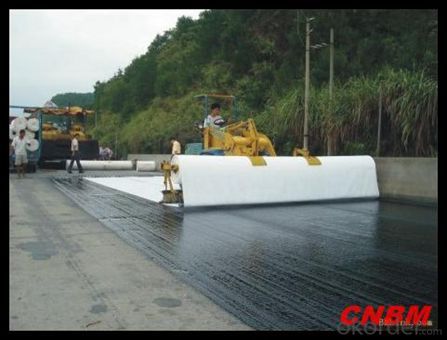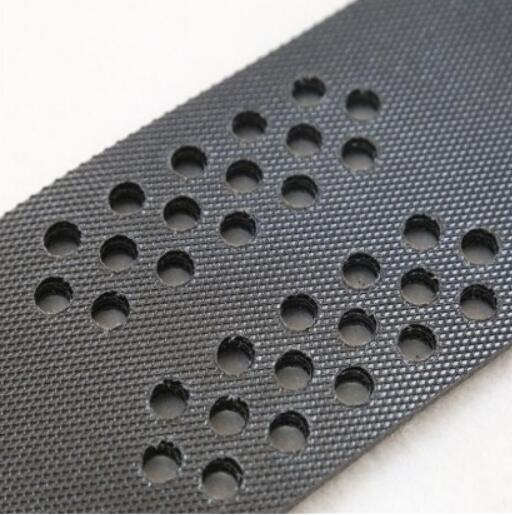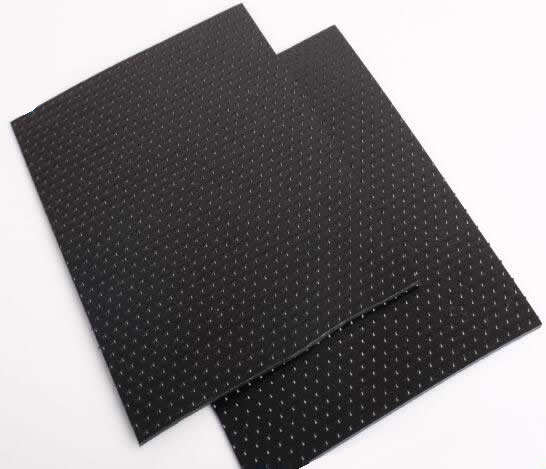- Understanding the Role of Geomembrane Liners in Waste Management
- Innovations in Geomembrane Liners for Water Management
- Geomembrane Liners: A Comprehensive Guide
- The Future of Geomembrane Liners in Civil Engineering
- Geomembrane Liners: Enhancing Landfill Stability
Manager:
WhatsApp:+86 177 0135 2670
Tel:+86 177 0135 2670
Email:marketing@okorder.com
Address:3rd Floor, No.2 Building, No.1 Sanlihe Road
The Use of Geomembrane Liners in the Construction of Industrial Wastewater Ponds
Geomembrane liners, a term that might sound unfamiliar to many, are essentially thin sheets of synthetic materials used as barriers in various construction projects. They are particularly popular in the construction of industrial wastewater ponds, where their effectiveness in containing contaminants is unmatched. But why are these liners so crucial, and what makes them stand out from other conventional methods? Let's dive into the world of geomembranes and explore their significance in wastewater management.

Why Geomembrane Liners?
The primary reason for using geomembrane liners in industrial wastewater ponds is their ability to prevent the leakage of hazardous substances into the surrounding environment. These liners act as a barrier, ensuring that the wastewater remains contained within the pond. This is particularly important in industrial settings, where the wastewater generated can contain harmful chemicals and heavy metals that, if leaked, can cause severe environmental damage.
The Material Matters
Geomembrane liners are made from high-density polyethylene (HDPE), which is known for its durability, flexibility, and resistance to chemicals. HDPE is also UV resistant, ensuring that the liners can withstand long-term exposure to sunlight without degrading. This durability is crucial in the longevity of the pond and the prevention of leaks.
Installation: A Step-by-Step Journey
The installation of geomembrane liners is a meticulous process that requires careful planning and execution. It begins with the preparation of the pond's base, which involves leveling the ground and ensuring that it is free from any debris or sharp objects that could puncture the liner. Once the base is ready, the liner is carefully unrolled and laid out, taking care to avoid any wrinkles or folds that could compromise its integrity.
The Art of Seam Welding
One of the critical aspects of installing geomembrane liners is the seam welding process. This technique involves fusing the edges of the liner together to create a seamless barrier. Seam welding is essential because it ensures that the liner is airtight and waterproof, preventing any leaks that could lead to environmental contamination.
The Role of Grouting and Anchoring
To further secure the liner in place, grouting and anchoring techniques are employed. Grouting involves injecting a non-toxic material beneath the liner to create a watertight seal, while anchoring involves securing the liner to the pond's edges to prevent it from shifting due to external forces. These methods are vital in ensuring the stability and effectiveness of the liner.
Maintenance and Monitoring
Even after the installation is complete, the maintenance and monitoring of the geomembrane liner are crucial. Regular inspections should be conducted to check for any signs of wear or damage, and repairs should be carried out promptly to maintain the liner's effectiveness. Additionally, monitoring the pond's water quality is essential to ensure that the liner is performing its job of containing contaminants.
The Environmental Impact
The use of geomembrane liners in industrial wastewater ponds has a significant positive impact on the environment. By preventing the leakage of hazardous substances, these liners help protect ecosystems and preserve natural resources. Moreover, the liners are made from recyclable materials, contributing to a more sustainable approach to wastewater management.
The Future of Geomembrane Liners
As industries continue to grow and evolve, the demand for effective and sustainable wastewater management solutions is on the rise. Geomembrane liners, with their proven track record in containment and durability, are poised to play a crucial role in shaping the future of industrial wastewater management. With advancements in materials and installation techniques, we can expect even more robust and efficient liners in the years to come.
In conclusion, geomembrane liners are an essential component in the construction of industrial wastewater ponds. Their ability to contain hazardous substances and protect the environment makes them a preferred choice for many. As we continue to innovate and improve upon these materials and techniques, the potential for even greater environmental protection and sustainability is within reach.
- Previous:The Role of Geomembrane Liners in the Construction of Industrial Chemical Ponds
- Next:Geomembrane Liners: A Barrier Against Industrial Chemical Contamination
-
2024-12-05Geomembrane Liners: A Comprehensive Guide






